Hiroshi Sugimoto: ‘The deeper I explore Shinto and Buddhist art, the more it reveals the shallowness of contemporary art’
‘Hiroshi Sugimoto – The Descent of the Kasuga Spirit’, at the Kasuga-Taisha shrine in Nara, Japan, sees the acclaimed photographer draw on Japan’s spiritual past and present
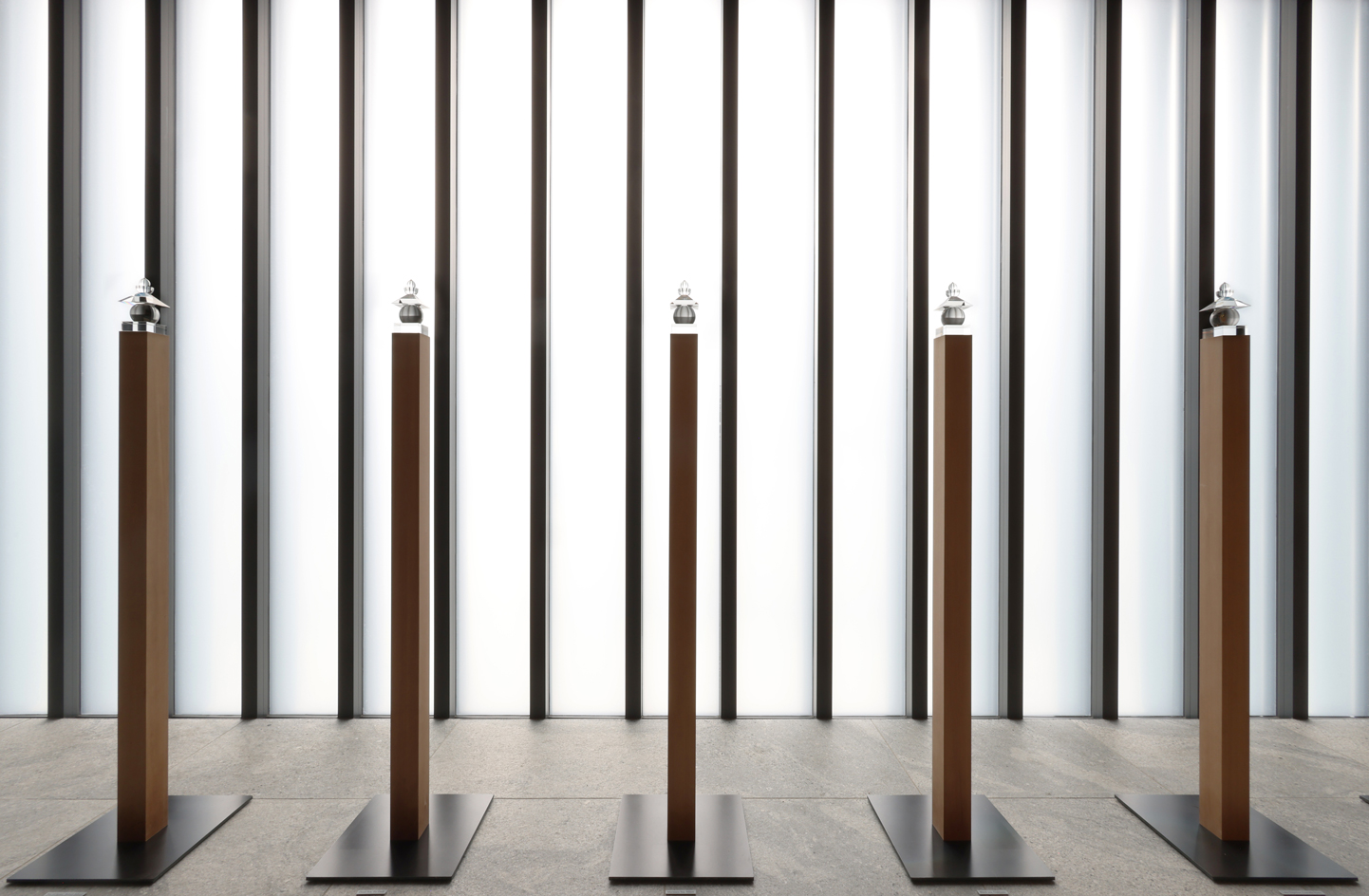
It doesn’t get more site-specific than ‘Hiroshi Sugimoto – The Descent of the Kasuga Spirit’. The new exhibition at Kasuga-Taisha, an 8th-century Shinto Shrines complex in the ancient city of Nara in Japan’s Kinki region reflects the close relationship between the Kasuga-embraced Japanese artist and the sacred site.
Sugimoto, whose artistic expression spans sculpture, photography, performing art and architecture, is also an acclaimed collector of Shinto and Buddhist antiques, notably from Kasuga. For Sugimoto, Shinto – a Japanese animist religion dating back to the 8th century whose minimalist aesthetics are the foundation of Japanese refinement – came first. Then Buddhism spread in Japan and the two were fused.
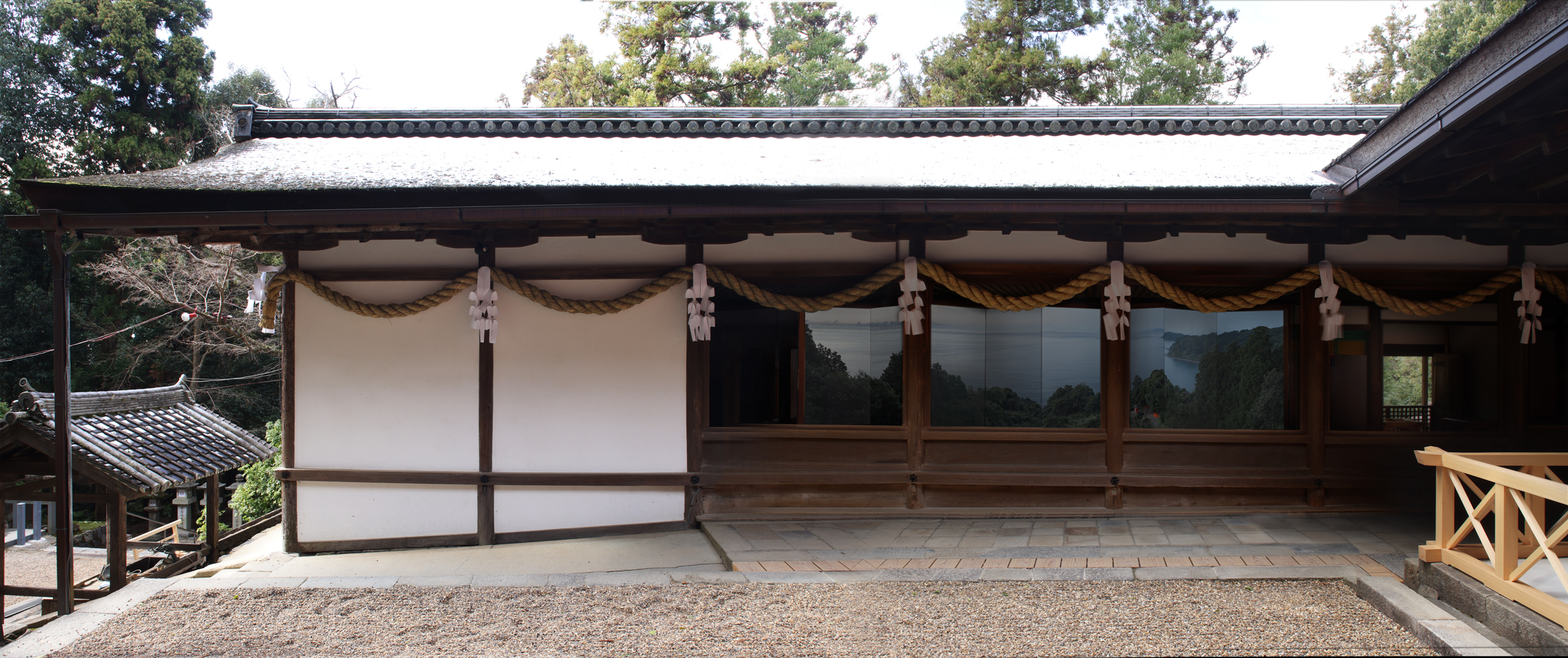
Kankitsuzan panoramic view, a folding screen display which forms part of ‘Hiroshi Sugimoto – The Descent of the Kasuga Spirit’ at the Kasuga-Taisha shrine in Nara, Japan
‘Kasuga’s art came to me, it’s not the other way round,’ he says. ‘I learn immensely from the masterpieces I collect. They are so inspiring. Now that our civilisation is on a downhill trajectory, we should learn from the beauty of ancient times. The deeper I explore Shinto and Buddhist art, the more it reveals the shallowness of contemporary art’, quips the artist. ‘I buy antiques by selling my artworks. My collection generates a circular system.’
Thoughtfully curated under the supervision of Sugimoto, the show is composed of two chapters. The National Treasure House showcases more than 90 Kasuga antiques, such as Kakemonos, objects and masks from the 12h to the 19th century, including pieces selected from the artist’s private collection.
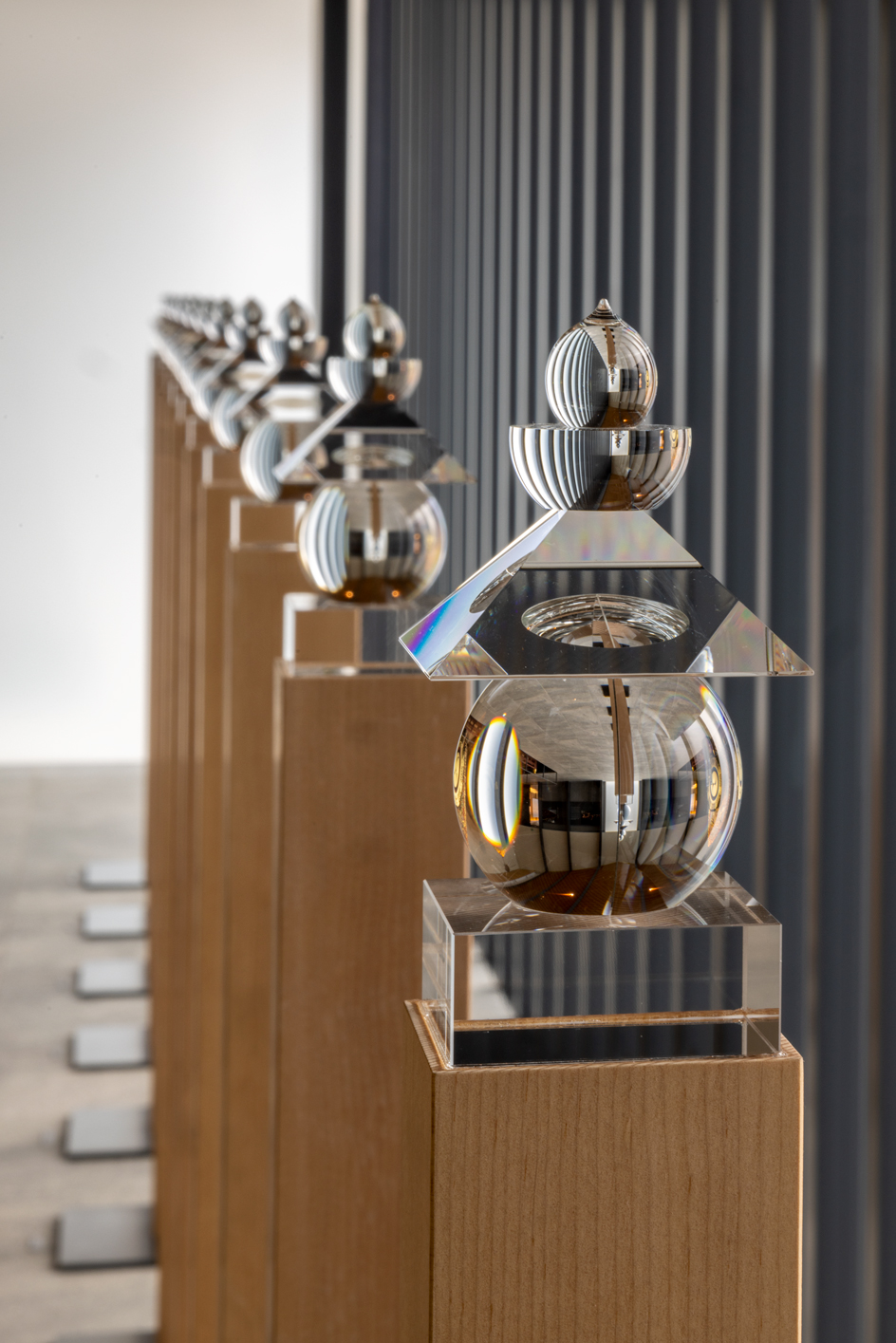
Five Elements, installation view of ‘Hiroshi Sugimoto – The Descent of the Kasuga Spirit’ at the Kasuga-Taisha shrine in Nara, Japan
To connect heritage and modernity, Sugimoto has adorned the back of a deer statuette with one of his iconic works, five elements, a miniature five-storey tower made of optic glass. (According to Shinto mythology, the Kasuga god appeared on the back of this sacred animal.) If this chapter indicates the artist’s creative motivations, his new works reveal a bold new direction.
Large – 215cm x 565cm – folding screens of colour photography are spread across eight panels. For this, he employed the latest digital techniques using emulsion coating to fix enlarged platinum prints on Japanese paper Washi, an experimental approach Sugimoto has been exploring in recent years. Platinum prints feature richer nuances of black, which add striking depth to the artist’s photography, while Washi, with its thick, matte, textured quality, serves as the perfect material for Japanese-style screens.
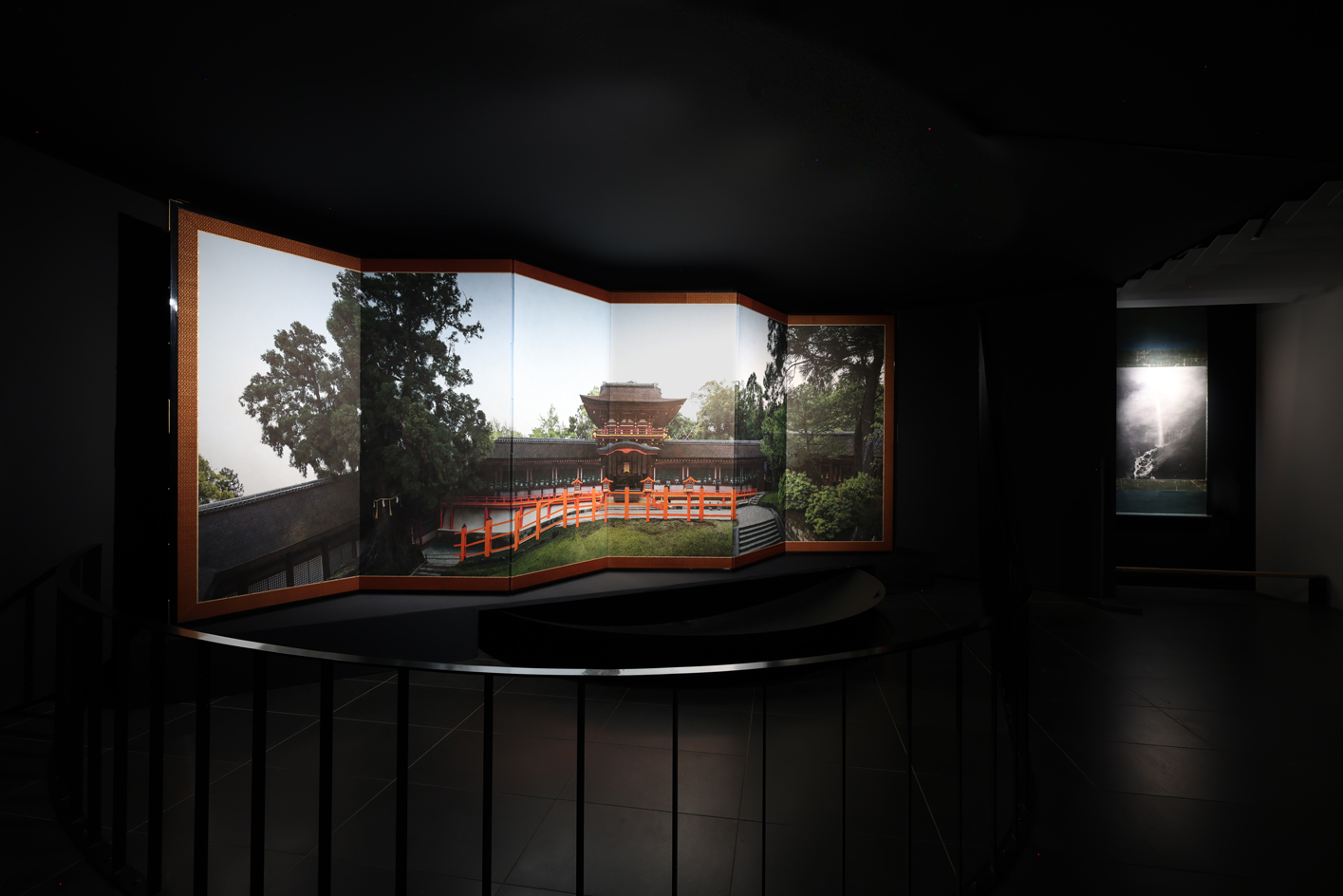
View of Kasuga-Taisha, a folding screen display in the Treasure House Installation view of ‘Hiroshi Sugimoto – The Descent of the Kasuga Spirit’ at the Kasuga-Taisha shrine in Nara, Japan
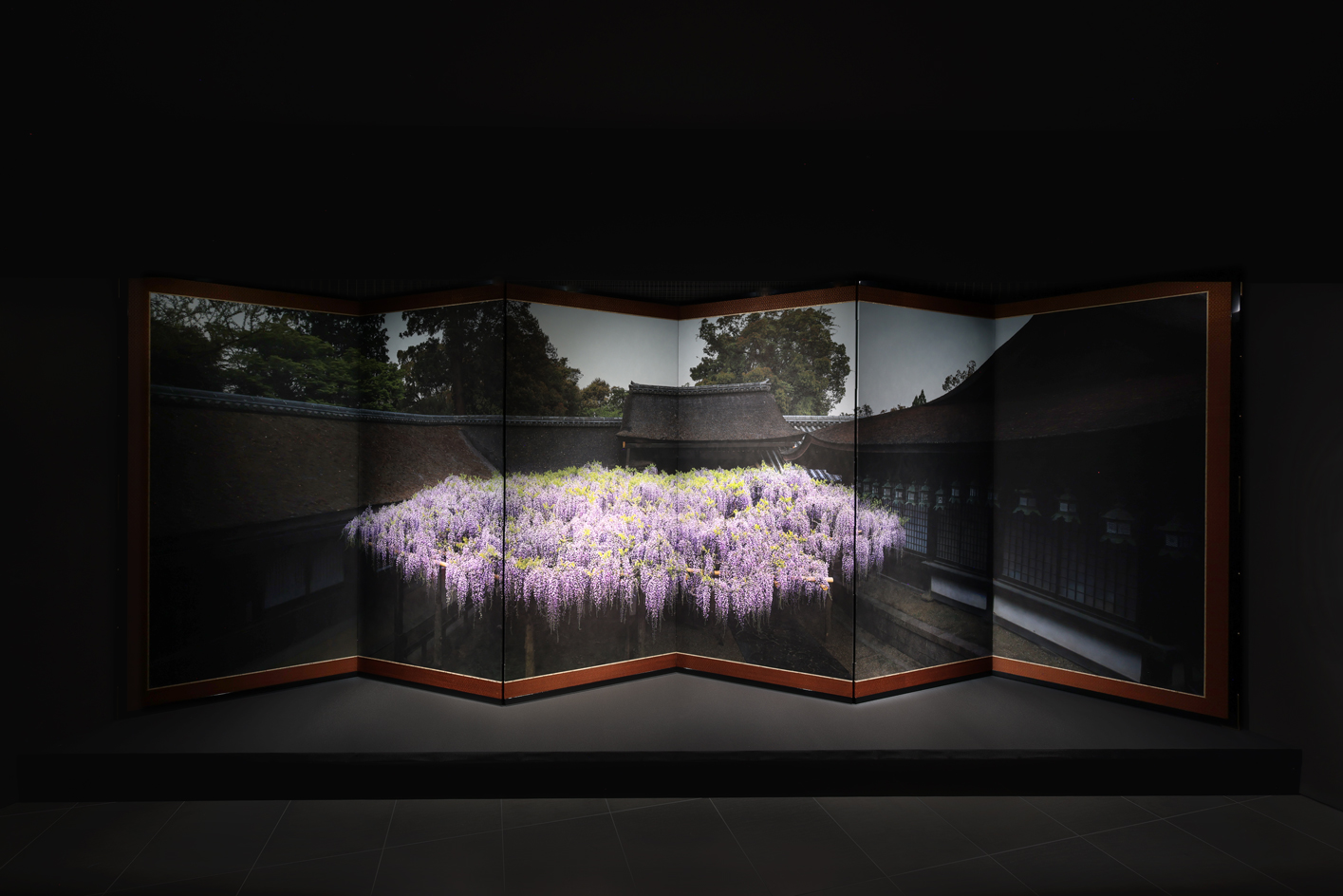
A folding screen display of Kasuga-Taisha with wisteria in bloom, in the Treasure House. Part of ‘Hiroshi Sugimoto – The Descent of the Kasuga Spirit’ at the Kasuga-Taisha shrine in Nara, Japan
Two folding screens displayed in the Treasure House show panoramic images of the Kasuga Grand Shrine, captured during different conditions, from different angles. But the most spectacular can be found at Wakamiya-Jinja, a 12th-century auxiliary shrine in the upper area of the worship site. Placed in Kagura-den, a hall facing the shrine and dedicated to holy dance and music is the Kankitsuzan mountain folding screen. The landscape depicts the vast site of the Enoura Observatory-Odawara Art Foundation, established by Sugimoto himself in Kanagawa to house his architectural masterpieces, artefacts and Shinto art collection. A small red gateway on the image is a subsidiary Kasuga shrine that was re-enshrined earlier this year.
Receive our daily digest of inspiration, escapism and design stories from around the world direct to your inbox.
At the other end of the hall is a monochrome photograph of air and water, one of the poetic seascapes from the ink painting-like photography series Kaikei, shot around the world over decades. The Japan Sea, immortalised in Sugimoto’s photography in 1987 has been displayed in many different situations but looks particularly dignified in this sanctuary. Indeed, nothing is by accident for Sugimoto, and everything relates to celebration and respect for nature. ‘Though the ancient animist mind appears to be vanishing in modern civilisation, it still remains in the heart of Japanese people. This is what appears in my artistic expression’, says the artist. ‘I feel so blessed. Sometimes I receive revelations in my dreams about my next work.’
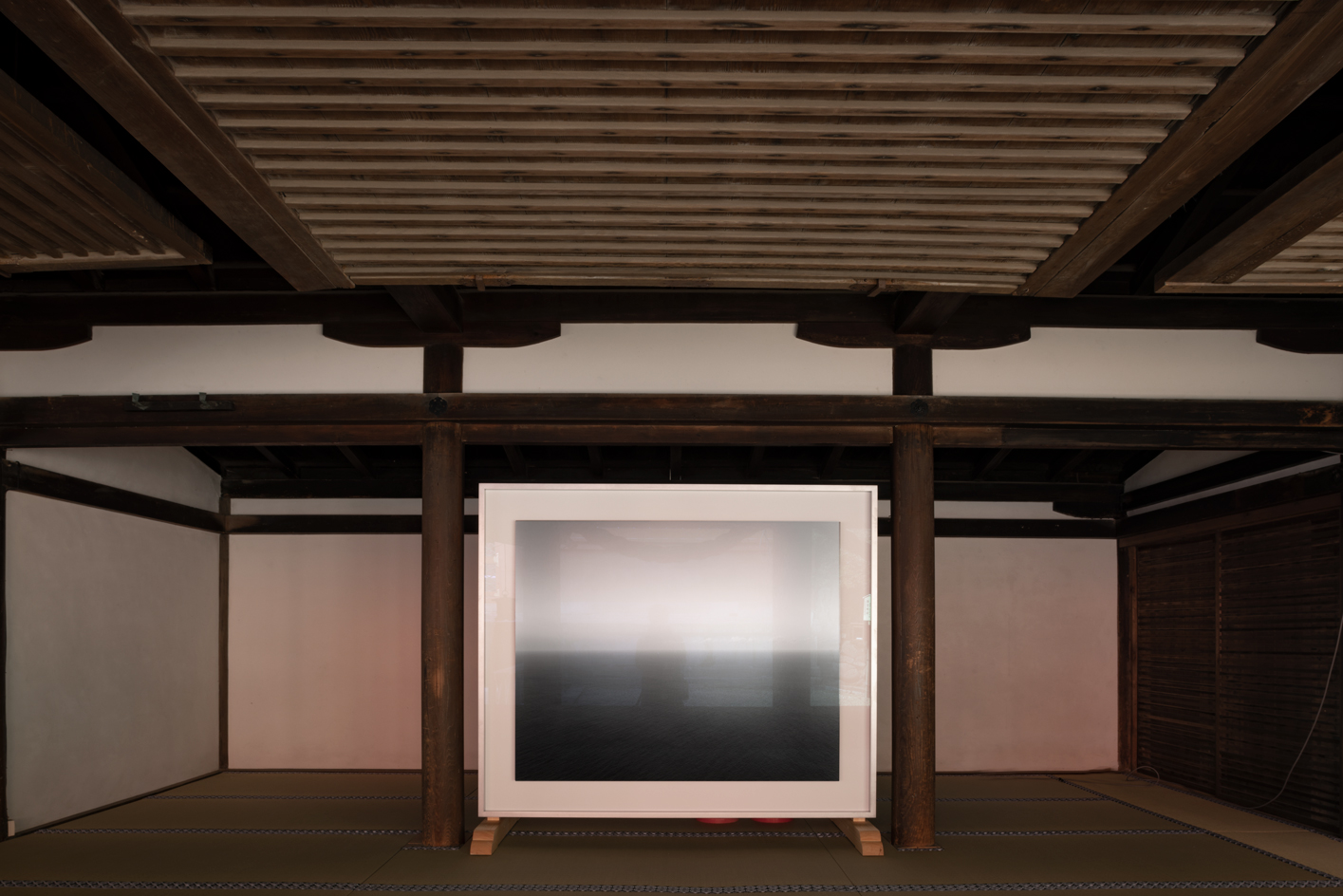
Oki from Kaikei series. Installation view of ‘Hiroshi Sugimoto – The Descent of the Kasuga Spirit’ at the Kasuga-Taisha shrine in Nara, Japan
‘Hiroshi Sugimoto – The Descent of the Kasuga Spirit’, is on view until 13 March 2023 at the Kasuga-Taisha shrine in Nara, Japan. kasugataisha.or.jp; sugimotohiroshi.com
Minako Norimatsu is a Japanese journalist and consultant based in Paris. Extremely curious about everything creative, her field ranges from fashion to art, dance, hospitality and travel. She has interviewed many Japanese fashion designers and artists for Wallpaper*, as well as non-Japanese creatives whose inspirations are drawn from Japan.
-
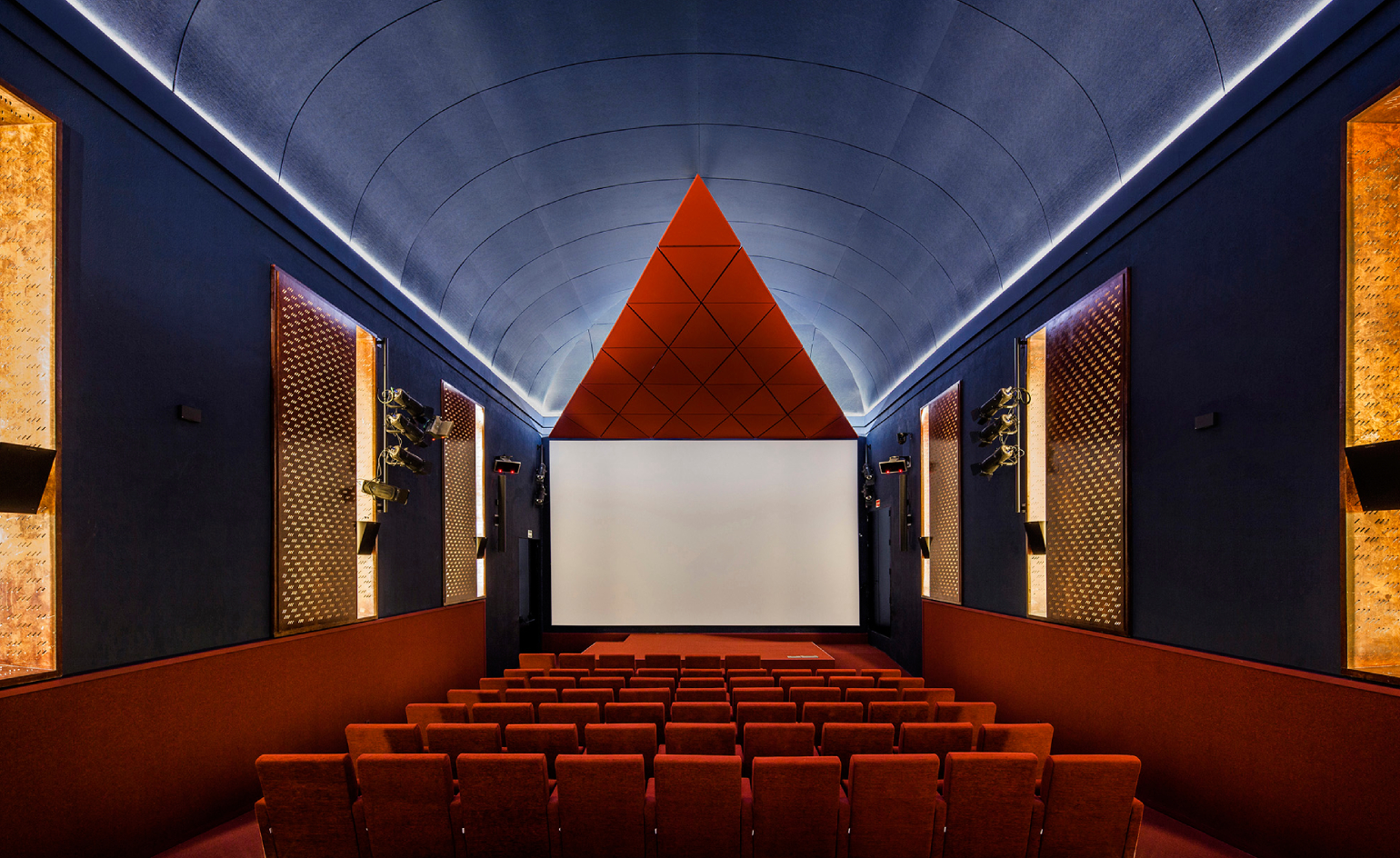 A striking new cinema glows inside Madrid’s Reina Sofia Museum
A striking new cinema glows inside Madrid’s Reina Sofia MuseumBarcelona-based studio Bach reimagines a historic auditorium as a crimson-and-blue dreamscape
-
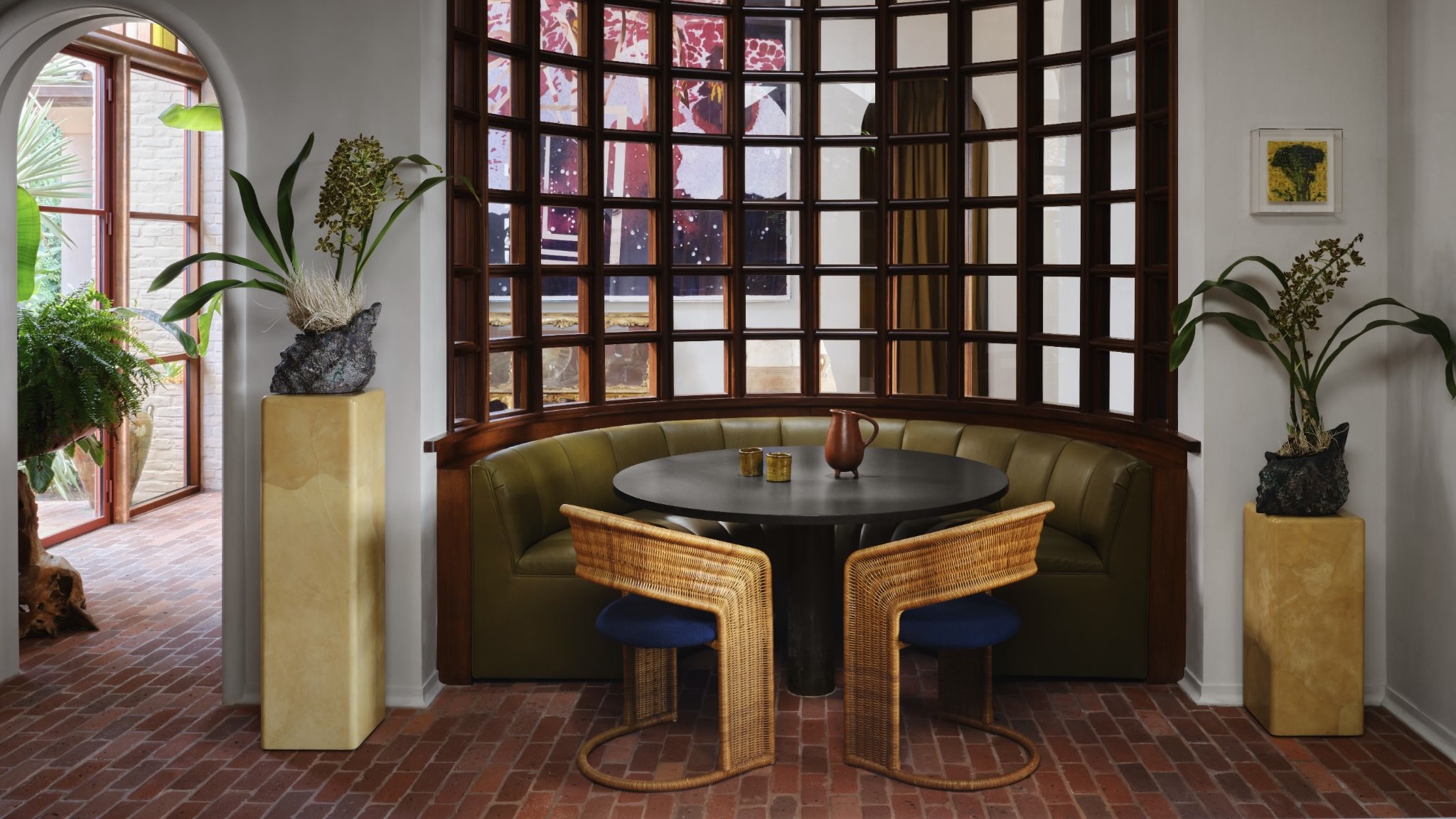 How an Austin home went from 'Texan Tuscan' to a lush, layered escape inspired by the Alhambra
How an Austin home went from 'Texan Tuscan' to a lush, layered escape inspired by the AlhambraThe intellectually curious owners of this Texas home commissioned an eclectic interior – a true ‘cabinet of curiosities’ layered with trinkets and curios
-
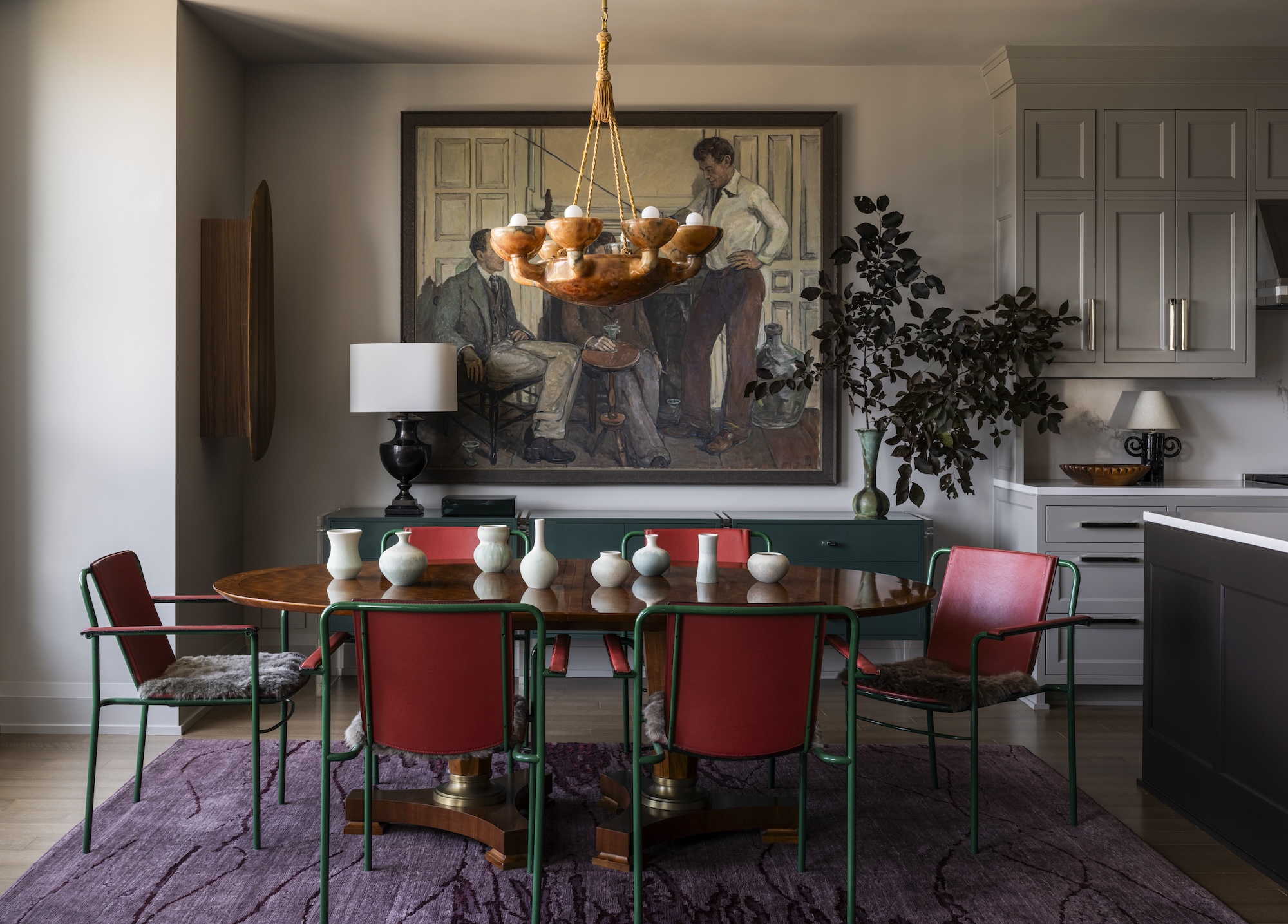 Should your home have a patron goddess? This dramatic Minneapolis apartment does
Should your home have a patron goddess? This dramatic Minneapolis apartment doesInspired by the Celtic deity Brigid, interior designer Victoria Sass infused this Twin Cities aerie with flame-licked themes
-
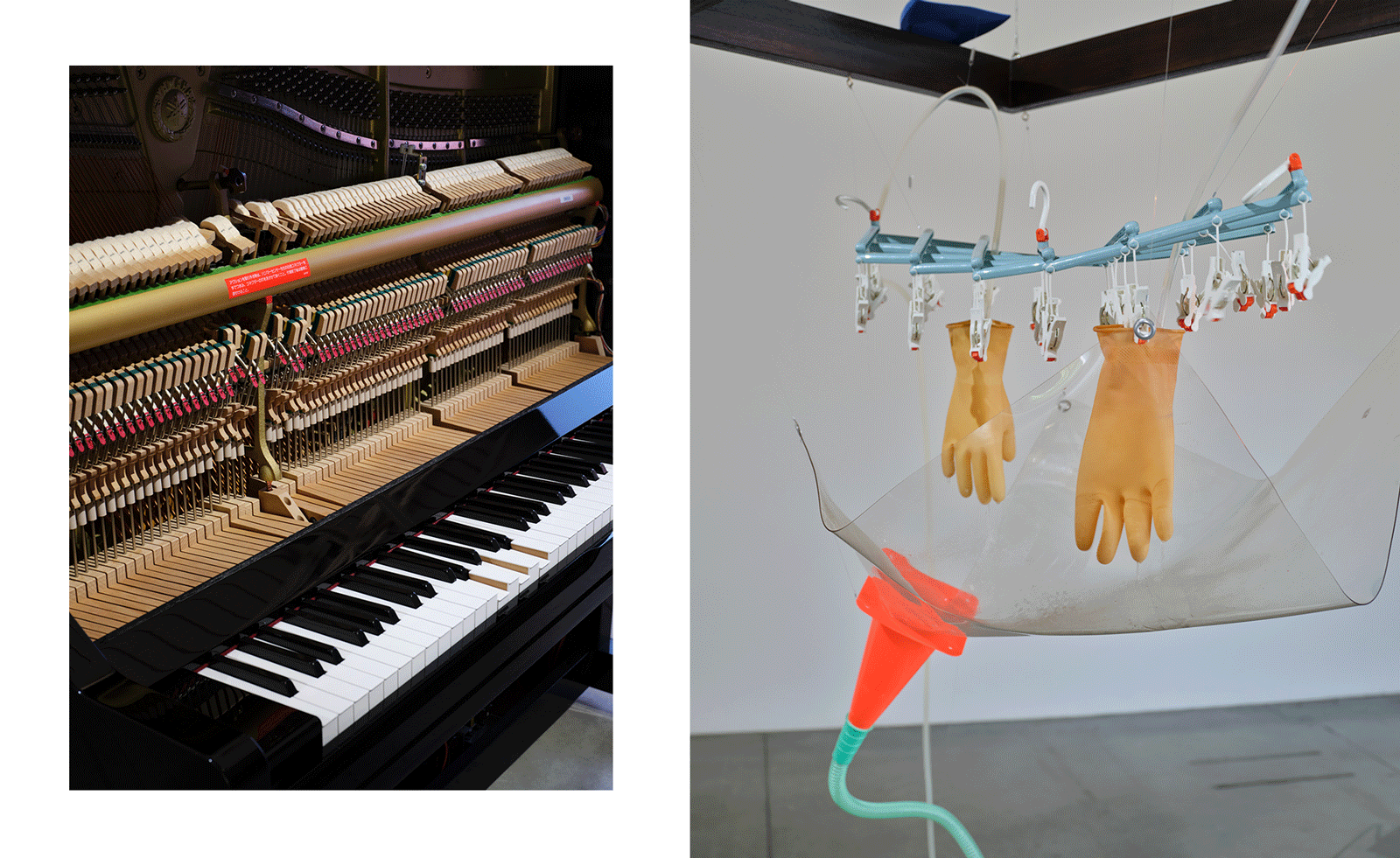 Yuko Mohri’s living installations play on Marcel Duchamp’s surrealism
Yuko Mohri’s living installations play on Marcel Duchamp’s surrealismThe artist’s seven new works on show at Milan’s Pirelli HangarBicocca explore the real and imaginary connections that run through society
-
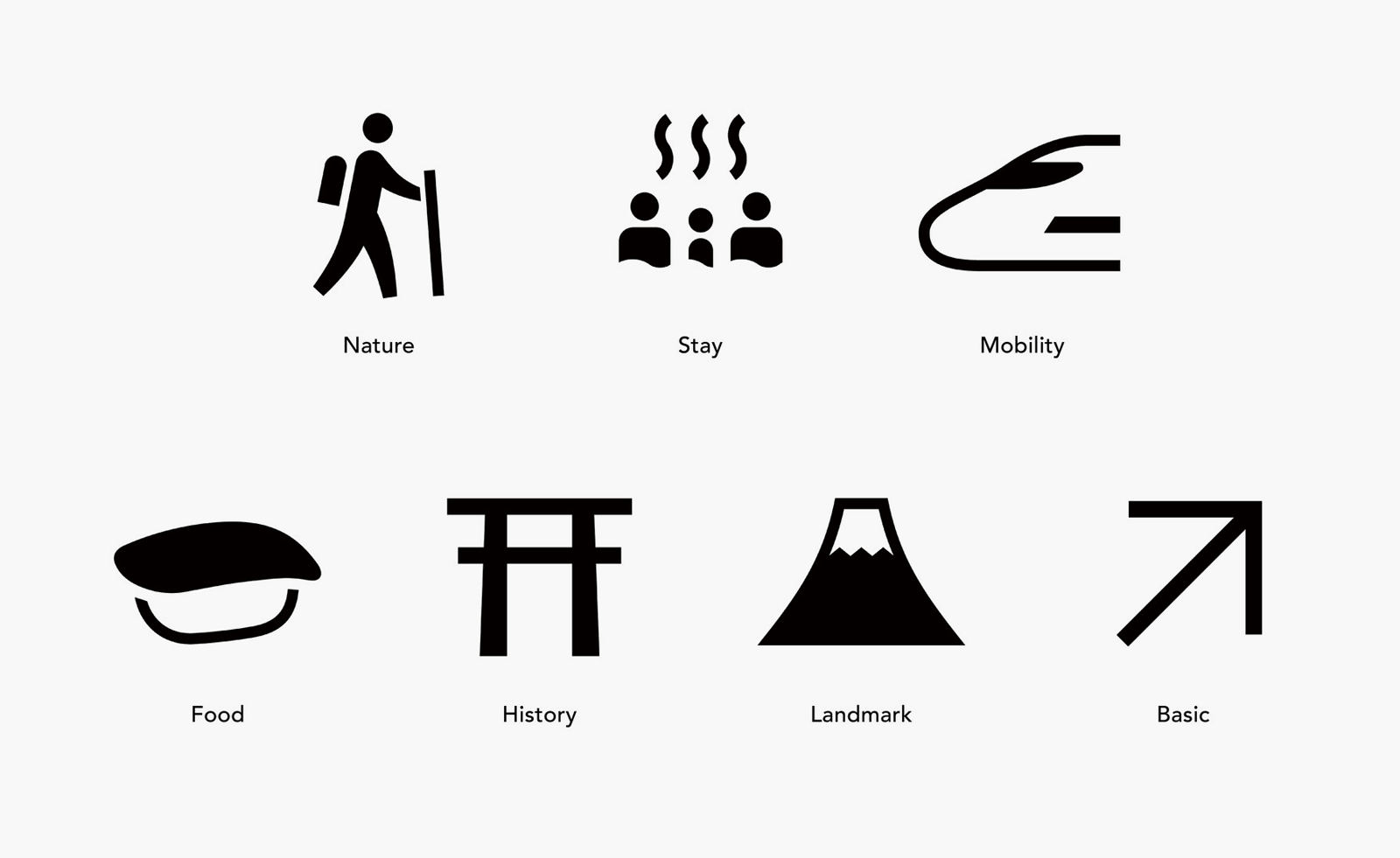 Get the picture? A new exhibition explores the beautiful simplicity of Japanese pictograms
Get the picture? A new exhibition explores the beautiful simplicity of Japanese pictogramsThe simple, minimalist forms of a pictogram are uniquely Japanese, as new exhibition 'Pictograms: Iconic Japanese Designs' illustrates
-
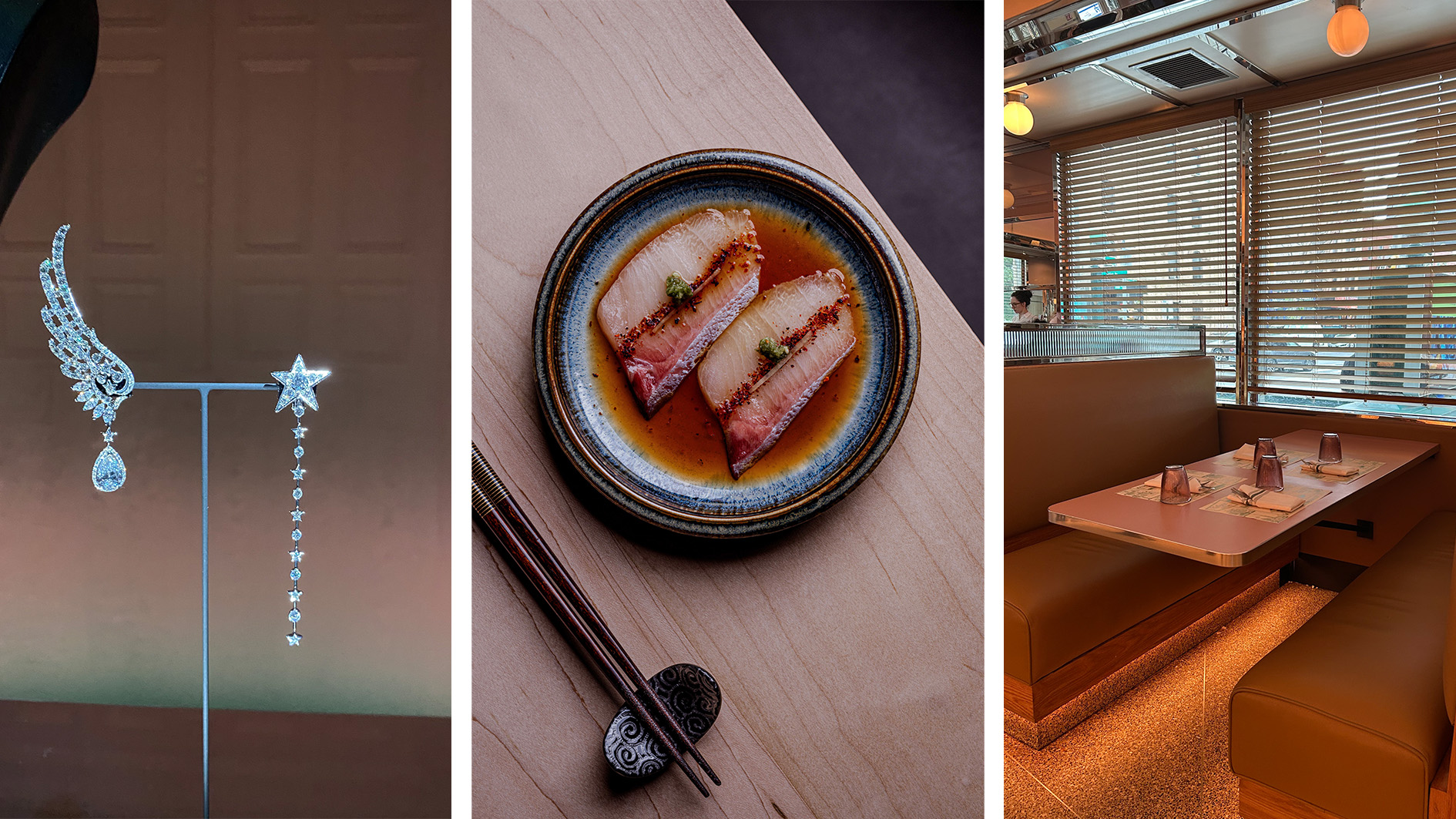 Out of office: the Wallpaper* editors’ picks of the week
Out of office: the Wallpaper* editors’ picks of the weekIt was a jam-packed week for the Wallpaper* staff, entailing furniture, tech and music launches and lots of good food – from afternoon tea to omakase
-
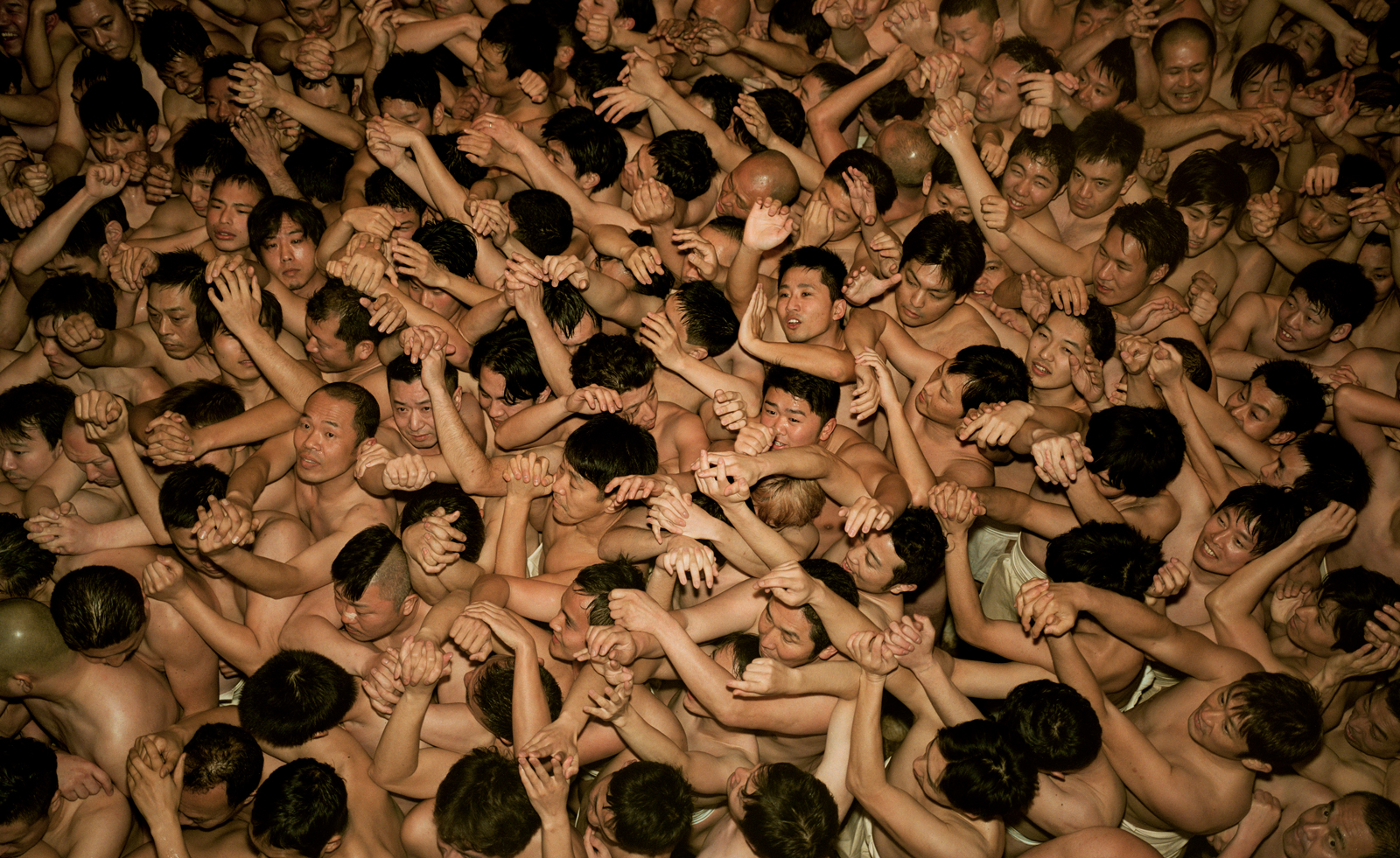 Inside Kyotographie, Japan’s world-renowned photography festival
Inside Kyotographie, Japan’s world-renowned photography festivalKyotographie 2025 embraces the theme ‘Humanity’ in Kyoto – Amah-Rose Abram reports with the highlights, from major and emerging photographers
-
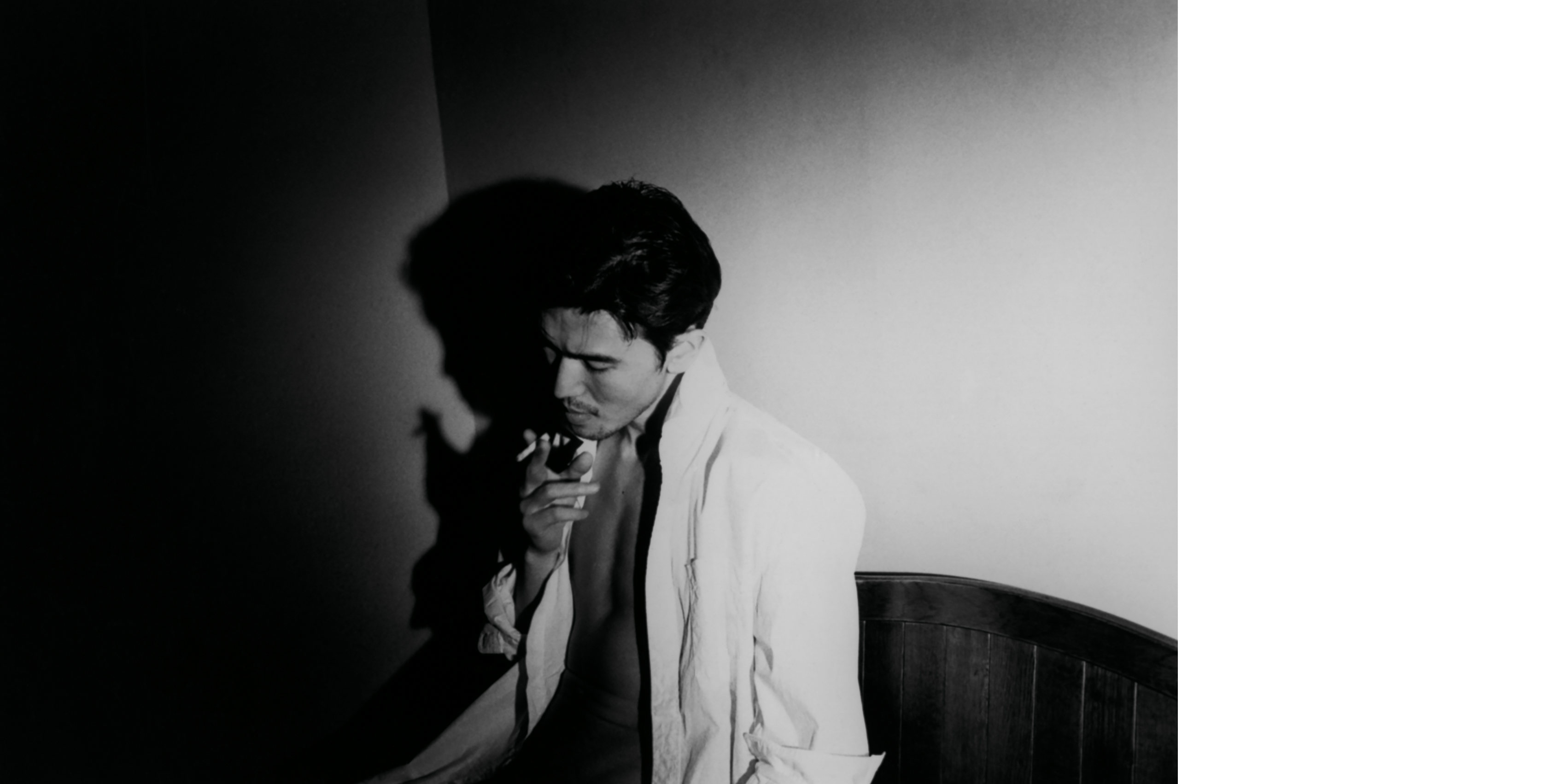 'I’m So Happy You Are Here': discover the work of Japanese women photographers
'I’m So Happy You Are Here': discover the work of Japanese women photographersSubtitled ‘Japanese Women Photographers from the 1950s to Now’, this new monograph from Aperture is a fascinating insight into a critically overlooked body of work
-
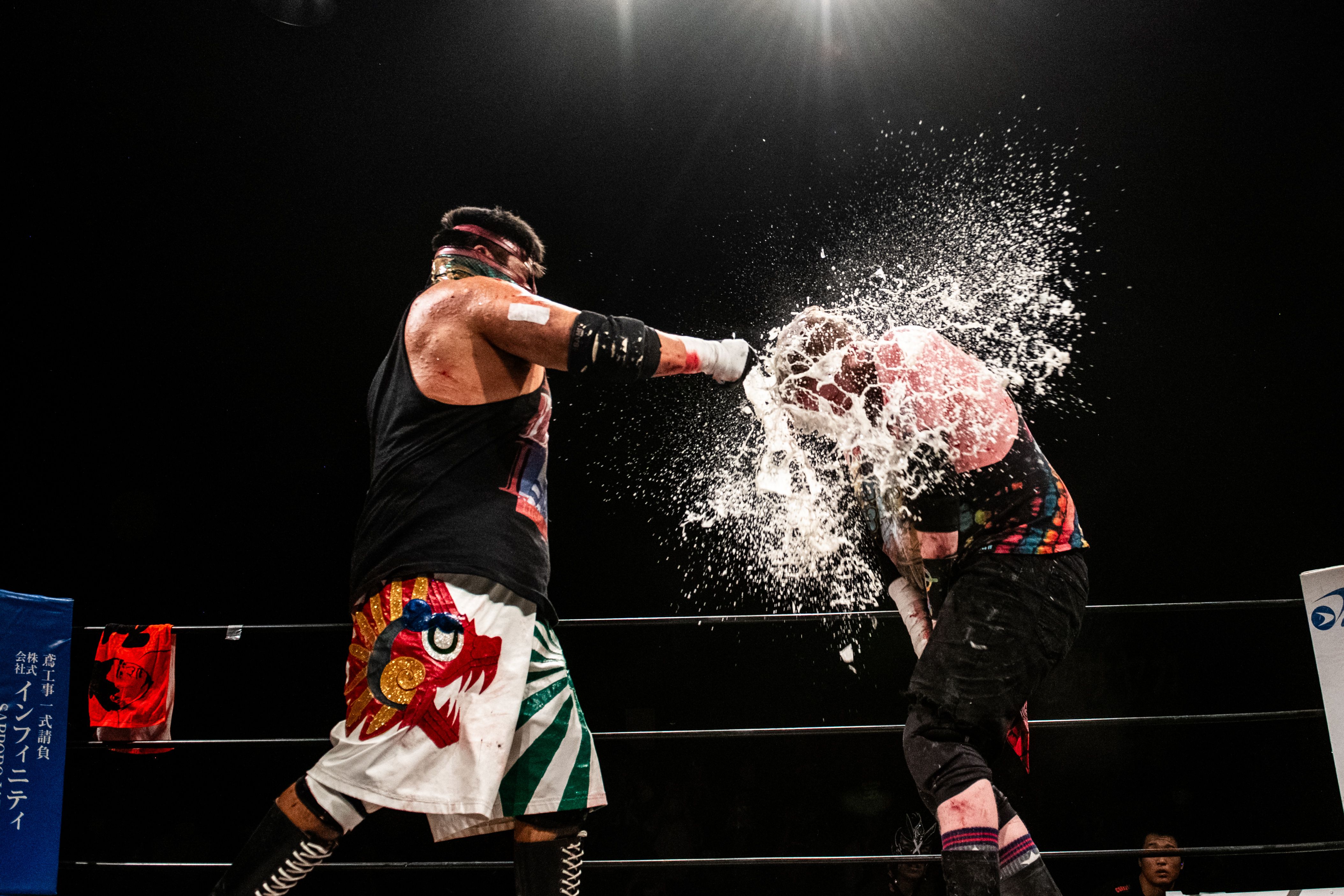 Deathmatch wrestling’s behind-the-scenes moments and bloody glory
Deathmatch wrestling’s behind-the-scenes moments and bloody gloryA new limited-edition book explores the intersection between art and deathmatch wrestling at a sold-out show held in Tokyo
-
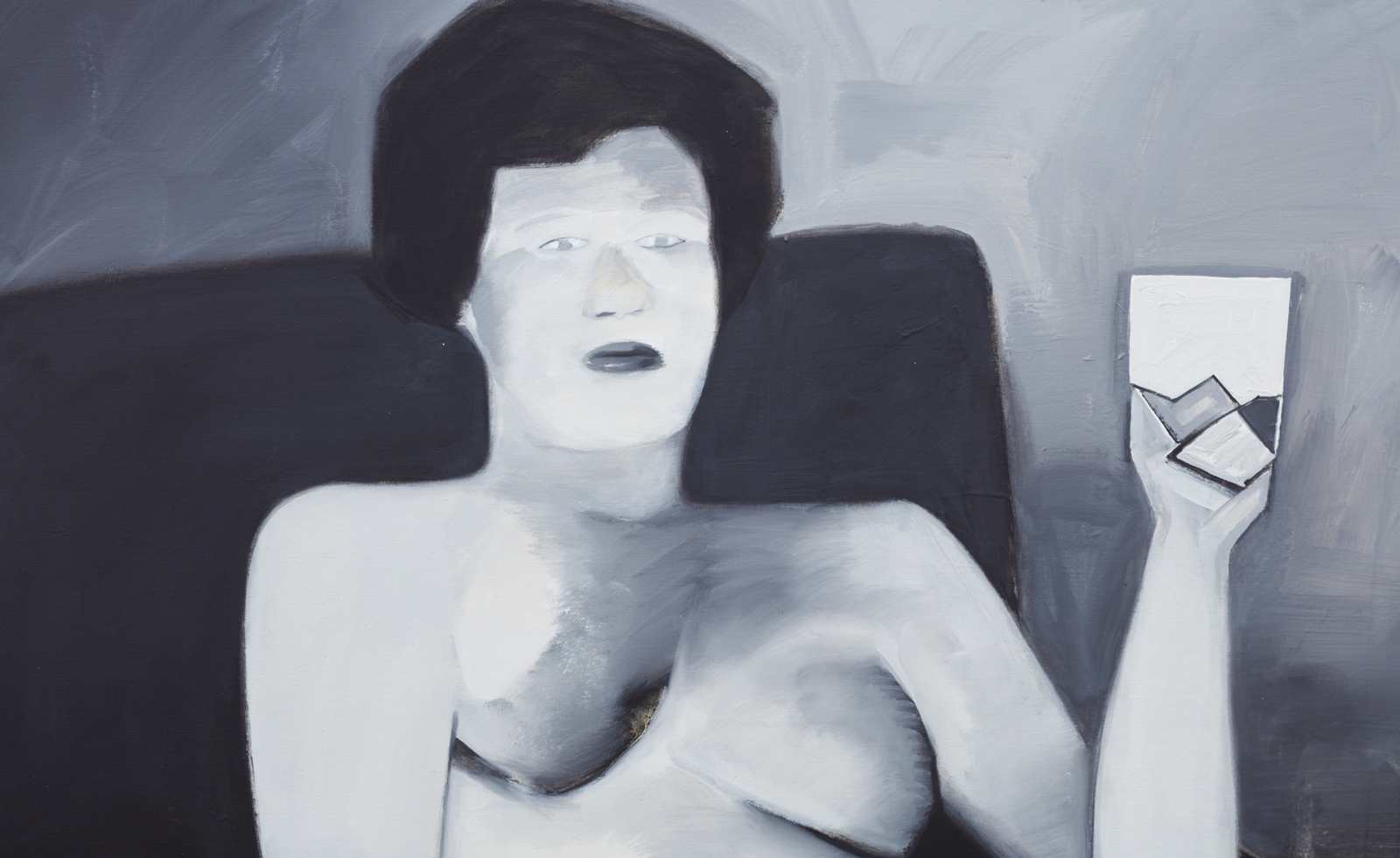 BLUM marks 30 years of Japanese contemporary art in America
BLUM marks 30 years of Japanese contemporary art in AmericaBLUM will take ‘Thirty Years: Written with a Splash of Blood’ to its New York space in September 2024, continuing its celebration of Japanese contemporary art in America
-
 Olafur Eliasson inaugurates Azabudai Hills Gallery in Tokyo
Olafur Eliasson inaugurates Azabudai Hills Gallery in TokyoOlafur Eliasson marks launch of Azabudai Hills Gallery, in Tokyo’s major new district, with a show of elemental strength